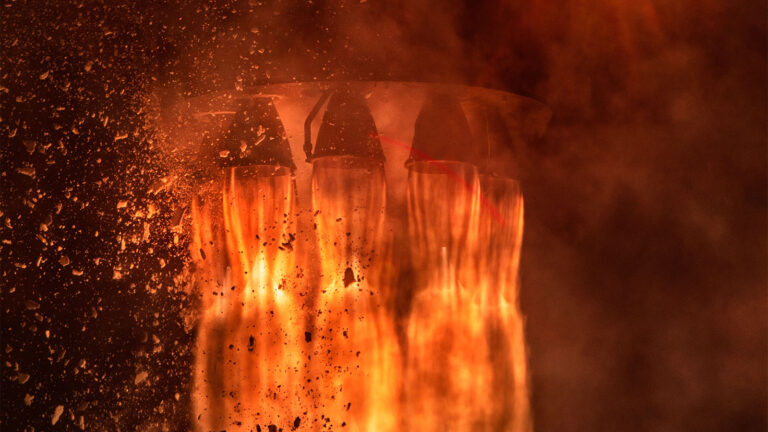Stay Up to Date
Submit your email address to receive the latest industry and Aerospace America news.
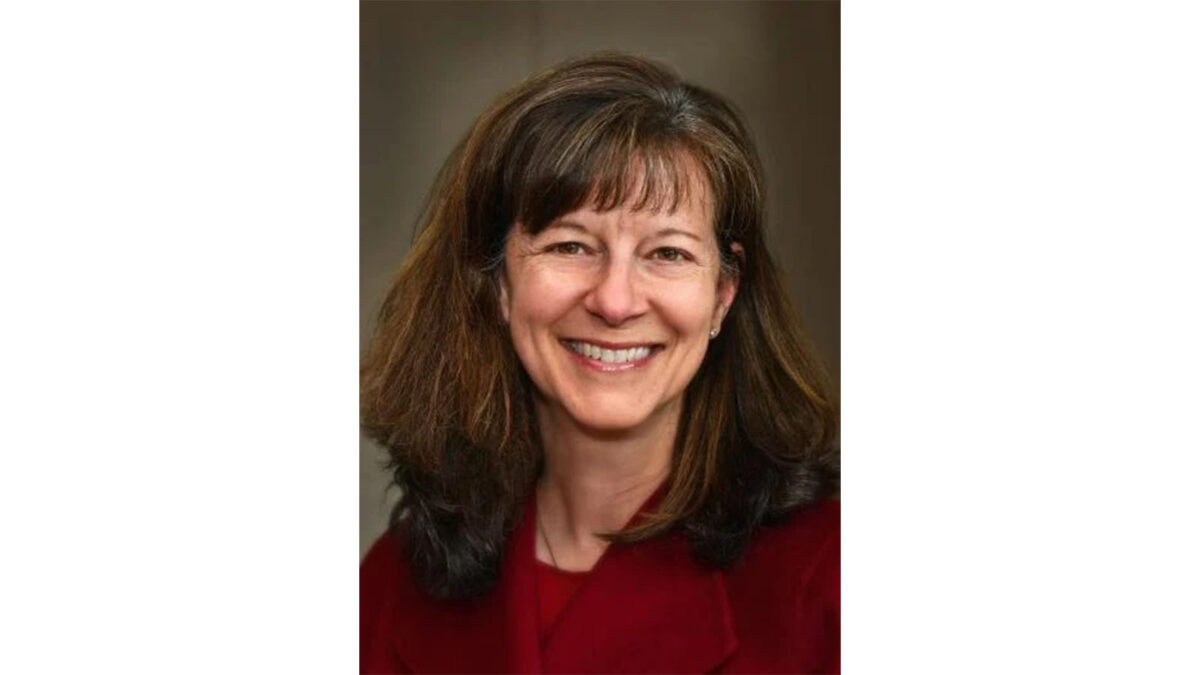
Penina Axelrad Awarded 2024 Yvonne C. Brill Lectureship in Aerospace Engineering
AIAA and the National Academy of Engineering (NAE) are pleased to announce that Penina Axelrad, Distinguished Professor at the University of Colorado Boulder, has been selected as the recipient of the 2024 Yvonne C. Brill Lectureship in Aerospace Engineering. Axelrad will present her lecture, “The Evolution and Impact of Global Navigation Satellite Systems,” on 1 October 2024, at 11 a.m. ET, in conjunction with the NAE Annual Meeting in Washington, D.C. Registration for this lecture is free and open to the public.
The lecture will focus on the Global Navigation Satellite Systems (GNSS) that provide the basis for smartphones to guide us unquestioningly to our destinations, safe and flexible navigation for tens of thousands of airline flights per day, seamless synchronization of power grids and timing of financial transactions, as well as allowing for scientific observation of Earth’s variable gravity field, soil water content and vegetation, and even Earth’s atmosphere and ocean surface winds. Axelrad’s talk will explore what we can learn from the remarkable evolution of a military navigation system into a global utility and consider where today’s new advances in the utilization of signals-of-opportunity, optical communications, atomic clocks, and quantum sensing might lead.
Axelrad is a distinguished professor in the Ann and H.J. Smead Department of Aerospace Engineering Sciences at the University of Colorado Boulder. She earned her bachelor’s and master’s in aeronautics and astronautics from the Massachusetts Institute of Technology in 1985 and 1986, respectively. In 1991 she earned her Ph.D. in aeronautics and astronautics from Stanford University.
Since 1992, she has been a faculty member in aerospace engineering sciences at University of Colorado Boulder, with a focus on astrodynamics and satellite navigation, and she served as department chair from 2012 to 2017. She has supervised 26 Ph.D. graduates and taught courses on topics including GPS, dynamics and systems, spacecraft dynamics, and estimation.
Axelrad and her students have made key contributions to GPS receiver autonomous integrity monitoring, GPS-based attitude determination, the characterization of multipath effects in GPS measurements, the utilization of reflected GPS signals for remote sensing of Earth’s surfaces, and direct positioning. Her current research interests include new technologies and algorithms for positioning, navigation, and timing (PNT) in space, airborne, and land environments.
Axelrad is a Member of the NAE and a Fellow of AIAA and the Institute of Navigation. She is a past recipient of the AIAA Lawrence Sperry Award, the ION Johannes Kepler Award, and the Women in Aerospace Educator Award.
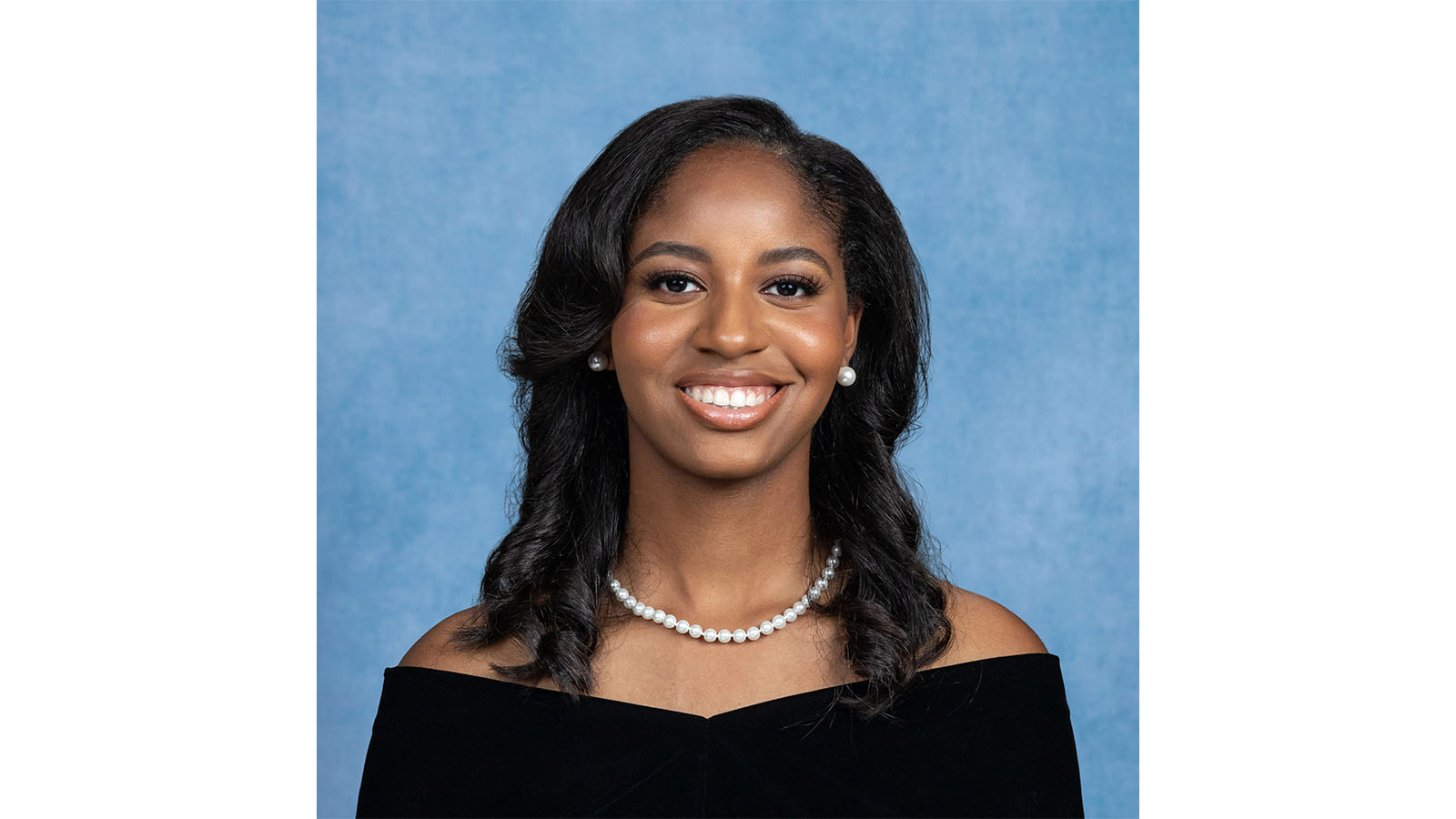
Making an Impact: AIAA and Club for the Future Announce Recipient of 2024 Resilient Student Scholarship
AIAA and Blue Origin’s Club for the Future are pleased to announce that Rylie Tatum, Mableton, GA, is the recipient of the 2024 Resilient Student Scholarship. Rylie graduated from The Lovett School, Atlanta, GA. She will attend Princeton University in the fall.
Throughout high school, Rylie took the highest-level STEM courses available. She formed a robotics team at her school and has been captain of the FIRST Tech Challenge team for three years. In this role she encourages and leads a female team. At the 2022 FIRST National Championships, Rylie conducted a presentation titled, “Where Are All of the Black Girls in Robotics,” where she highlighted academic research and her own personal experiences to illustrate how to support and motivate girls to get into robotics.
When Rylie realized that a lack of feminine care products leads to young women missing out on their education, she began creating an app to network organizations across Atlanta to increase product access for them. “As a Black girl interested in engineering, I have experience in being the only representation in the room, but a lack of women in the engineering field partially stems from female students avoiding STEM-related classes,” noted Rylie. “Constant absenteeism for a week per month results in discouragement for aspiring female engineers, so the idea of period poverty restricting others from studying engineering prompted me to take action.” Over the last three years, she has led annual feminine care drives with the Girl Up club to provide 18,000 products and benefit 4,000 girls. She also hopes to design period product dispensers that will use sensors, capture datasets for trends, and use automation to solve a significant problem that does not receive the visibility and investment that it deserves.
Rylie’s ultimate goal is to earn her Ph.D. in Aerospace, Astronautical, or Mechanical Engineering to conduct colonization models on the moon. She aspires to be the first African-American female astronaut of Caribbean descent to work on the moon or Mars and encourage and enable the next generation of STEMinists.
The Resilient Student Scholarship was created with a profound commitment to promote diversity, equity, and inclusion in the aerospace industry. As our newest scholarship, it’s specifically designed to empower and inspire students who have faced unique challenges including gender or racial inequity, disabilities, and socioeconomic circumstances. Learn more.
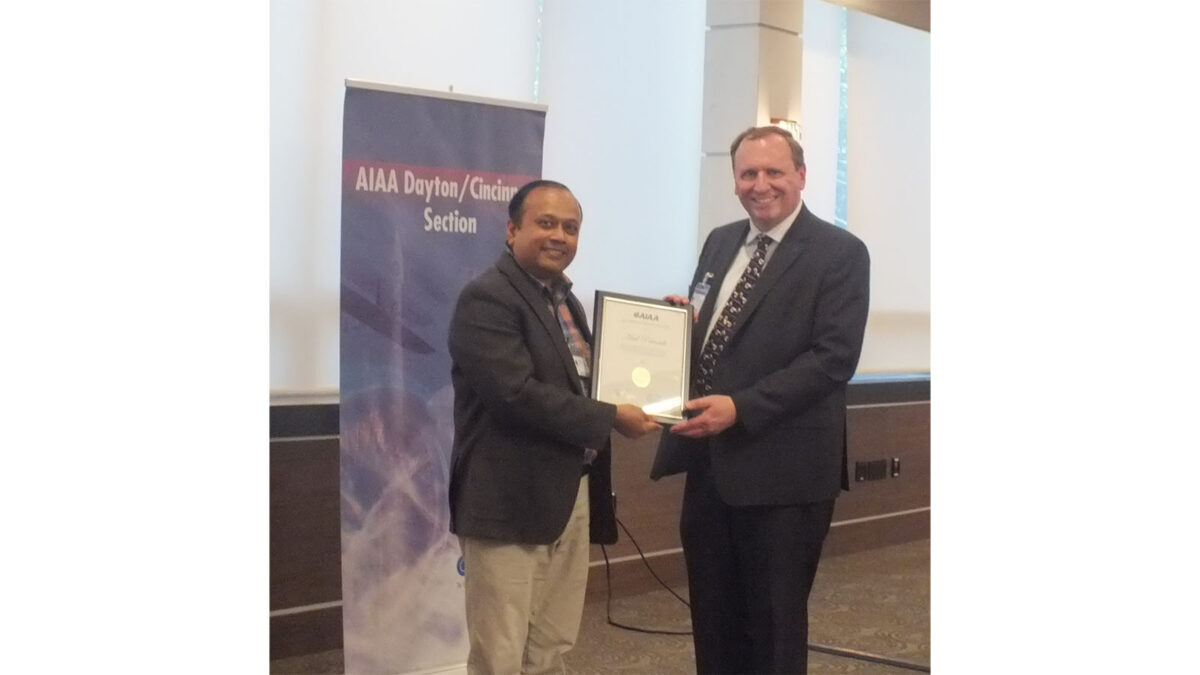
Special Service Citations Awarded
AIAA Special Service Citations are awarded for service to the Institute above and beyond the ordinary at the section and regional level. So far in 2024, three Special Service Citations were awarded.
Anil Patnaik was recognized for his outstanding service as the Chair of the 49th Dayton-Cincinnati Aerospace Sciences Symposium. This event was hosted by the AIAA Dayton-Cincinnati Section on 5 March 2024.
Kevin Johnson and Kevin Simmons were both recognized for the creation and organization of the SmallSat Education Conference at the Center for Space Education at Kennedy Space Center, which took place 28–29 October 2023. This was the second year for the event, which attracted hundreds of participants to share knowledge about the design and operation of small satellites.
AIAA Public Review – Standards
AIAA S-102.2.4A, Capability-Based Failure Mode, Effects and Criticality Analysis (FMECA) Requirements, has been issued for public review. This draft is a revision of ANSI/AIAA S-102.2.4-2015, Capability-Based Product Failure Mode, Effects and Criticality Analysis (FMECA) Requirements. This revised standard provides the basis for developing the analysis of failure modes, their effects, and criticality in the context of individual products along with the known performance of their elements. The requirements for contractors, the planning and reporting needs, along with the analytical methodology are established. The linkage of this standard to the other standards in the new family of capability-based safety, reliability, and quality assurance standards is described, and keywords for use in automating the product FMECA process are provided. Public review deadline is 30 September 2024. For a copy of the draft, submission of public review comments, or questions, please contact Nick Tongson.
Institute News
At the Spring Business Meetings a few updates to the Regions and Sections were announced:
The Los Angeles-Las Vegas Section has changed its name to the “Los Angeles Section.” The Las Vegas membership will be retained under their section’s boundaries and be considered a chapter of the section.
READ provisionally chartered Ahsanullah University of Science and Technology in Bangladesh. The school has a three-year period to prove they are a sustainable branch before being official chartered as a student branch.
The National Institute of Aerospace Student Branch was dechartered after years of inactivity.
Learn More About Our Recent K–12 Webinars
Webinar: Hear from NASA JPL & WHOI Aboard the R/V Atlantis
Watch the on-demand webinar to hear directly from the NASA Jet Propulsion Laboratory (JPL) and Woods Hole Oceanographic Institution (WHOI) engineers and scientists aboard R/V Atlantis. The 2 June webinar featured a direct connection with the team in the Aleutian Islands in Alaska that is currently diving both the crewed Alvin submersible and the robotic Orpheus-class submersibles to map and sample some of the deepest regions on Earth (5000m in the Aleutian trench). High school students asked questions and learned about the interaction between disciplines, avenues for careers, and got a tour of the expedition (hosted by the AIAA STEM K-12 Outreach Committee). Watch on demand
On-Demand Webinar: How to Conduct a BSA Merit Badge Fair
Discover new ways your section can participate in STEM outreach to inspire the younger generation. Boy Scouts of America (BSA) / Scouting America is a youth serving organization that uses a merit badge system. Merit badges give scouts the opportunity to investigate different areas of knowledge, skills and careers. Watch the recording – hosted by AIAA’s STEM K-12 Outreach Committee – for an overview of these impactful initiatives and discover how to get involved:
• Teaching the basics of STEM merit badges
• Holding a STEM merit badge event
• Introduce scouts to subject matter experts (SME) in a range of disciplines
• Encouraging scouts to pursue a career in STEM
AIAA Senior Member Nanevicz Died in June 2021
Stanley Nanevicz, 92, died on 10 June 2021.
He attended the University of Washington via the ROTC program, earning a master’s degree in aeronautical engineering. Nanevicz was commissioned as an officer in the U.S. Navy upon his graduation. He served two tours aboard the aircraft carrier USS Kearsarge during the Korean War.
After his time in the Navy, he attended Stanford University briefly before taking a job with Boeing, which led him to work on the Saturn V project. He retired from Boeing in 1991.
AIAA Senior Member Abdi Died in June 2023
Frank Abdi died in June 2023.
Abdi received a B.S. and M.S. in mechanical engineering from the University of Michigan (1974, 1975) and a Ph.D. in mechanical engineering from the University of Southern California (1980). He worked at Boeing/Rockwell Aerospace advanced program before founding Alphastar Corporation in 1998, where he was chief scientist.
He had over 35 years’ experience in computer-based modeling and software development for a range of applications associated with advanced composite materials and structures, durability and damage tolerance, and aircraft certification.
Abdi had published more than 200 journal articles and conference papers. He also served as adjunct professor at UCLA and as visiting professor at Imperial College London. He was the recipient of several awards, including NASA Software of the Year (1999), R&D 100 (2000, 2015), US Senate Tibbets Award (2001), and NASA Columbia Accident Investigation Award (2003).
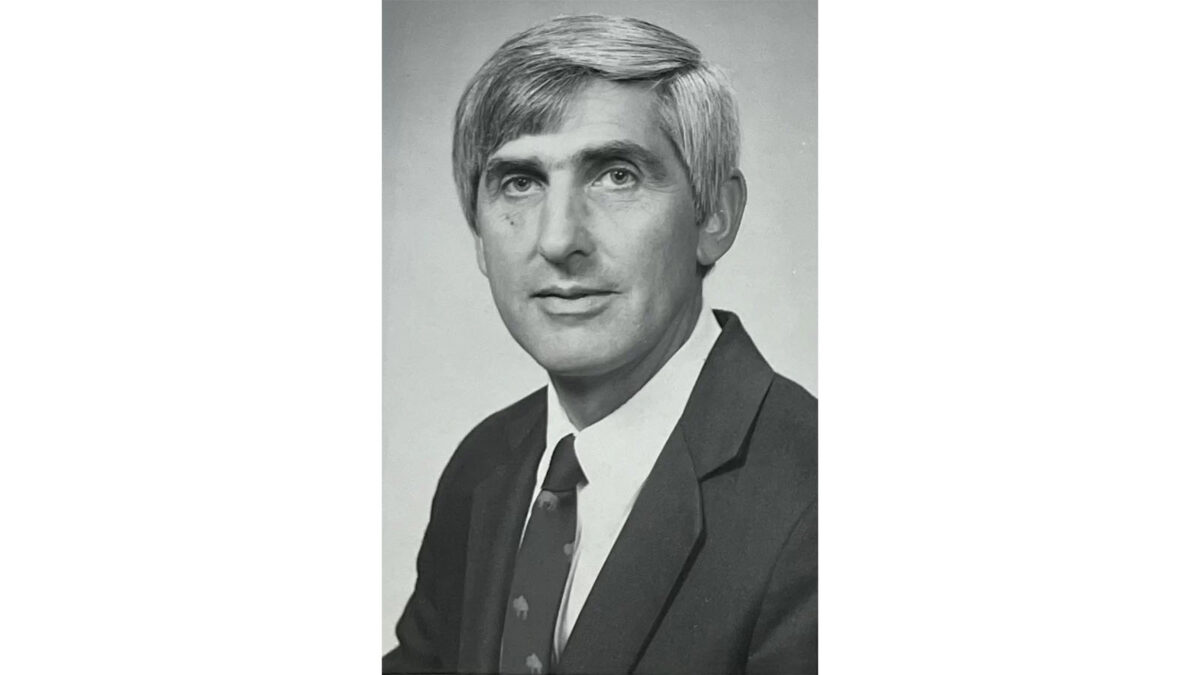
AIAA Fellow Marrone Died in May 2024
Paul V. Marrone, retired Calspan Vice President of Research, passed away at the age of 92 on 2 May 2024.
He graduated from Notre Dame in 1954 with a B.S. in Aeronautical Engineering. He then earned an M.S. from Princeton University. He earned his Doctorate in Aerophysics from the University of Toronto in 1965.
Accomplished in the fields of aerospace, fluid dynamics, and physics, Marrone started his career at Cornell Aeronautical Laboratory in the Aerodynamics Department in 1956. In his early years of research, he developed thin-film gages and contributed pioneering work in transition and heat-transfer measurements. His greatest contribution was in the effects of coupled chemical rate processes in external inviscid hypersonic airflows at high enthalpy levels. Working with Chuck Treanor, he discovered that the rate of molecular dissociation behind strong shock waves could be calculated with the assumption that dissociation can occur preferentially from the higher vibrational levels, and that an exponential probability of dissociation from the various vibrational levels could be employed; thus, a dissociation lag‐time in the order of the extrapolated vibrational relaxation time could be predicted immediately behind the shock front; and they were able to explain the phenomena in physics with the Marrone-Treanor equation. That equation is currently used in CFD.
In 1967, shortly before the Apollo launch program began, Marrone made it deep into a grueling astronaut selection process in which he was one of 22 selected candidates from the 923 applications. After budget cut reductions to the space program, the cohort of 22 was cut by half to become the astronauts who were known as the “Excess Eleven.” Throughout his career he led teams in space programs such as performing base heating studies of the first stage of the American Saturn V rocket for the Apollo missions, right through to studies that led to the development and operations of the Space Shuttle.
After retirement from Calspan, Marrone became an Adjunct Professor at the University of Buffalo where he taught and lectured in aerospace engineering, technical writing, technical management, and advanced topics in civil engineering. He was also instrumental in bringing the Earthquake Center to the University of Buffalo, and in 2001 he was presented with the Walter P. Cooke Award, which is given to non-alumnus who has made notable and meritorious contributions that have influenced the university’s growth and improvement.
Marrone was a tremendous supporter of AIAA, serving on the Council of the Niagara Frontier Section for decades. He was also a reviewer for the AIAA Journal during its first years of publication. With Treanor, Marrone supported AIAA Plasmadynamics Technical Committee activities. He was awarded the AIAA Niagara Frontier Section Outstanding Aerospace Achievement Award, and in 1995 he was elected as a AIAA Fellow. In 1989, he was recognized with Notre Dame’s College of Engineering’s Honor Award; and in 1999 he was elected to the Niagara Frontier Aerospace Hall of Fame.
AIAA Associate Fellow Kinnu Died in May 2024
James Kinnu died on 15 May. He was 93 years old.
Kinnu spent 38 years in the aerospace industry as an employee of Lockheed Aircraft Corp. (17 years); Rockwell International (7 years); Falcon Jet Corp. (1 year); and Northrop Corp (13 years). He had a design patent for the B-2 Stealth Bomber (1989). He was recognized with the 1989 AIAA Aircraft Design Award and the 2000 Stealth Pioneers Award.
AIAA Associate Fellow Bingham Died in May 2024
Jeffrey “Jeff” M. Bingham died on 16 May.
In 1971, Bingham graduated from the University of Utah with a bachelor’s degree in political science. Bingham worked for Salt Lake City’s Office of the Mayor for future United States Senator Jake Garn (R-UT). From 1974 to 1990, Bingham served as Senator Garn’s Chief of Staff. During this time, he witnessed the first Space Shuttle launch in 1981 and became “hooked” on space.
Through the 1990s, Bingham served as a Senior Policy Analyst and had the honor of working at NASA in Texas and Washington, DC, driving the International Space Station (ISS) National Laboratory’s creation and ensuring the ISS’s continuity as a revolutionary scientific platform.
Through the 2000s, he served in NASA’s Legislative Affairs Office, and returned to the Senate where he was a primary author of multiple legislation efforts, culminating in the 2008 and 2010 NASA Authorization Acts. These efforts resulted in a new space launch vehicle and technologies leading the path to the moon and Mars.
After retirement, Bingham volunteered to serve on the Space Studies Board of the National Academies of Sciences. Under his tenure as the Chair of the Board of the Virginia Commercial Space Flight Authority, Wallops Island Space Launch facilities experienced an era of amazing growth and expansion.
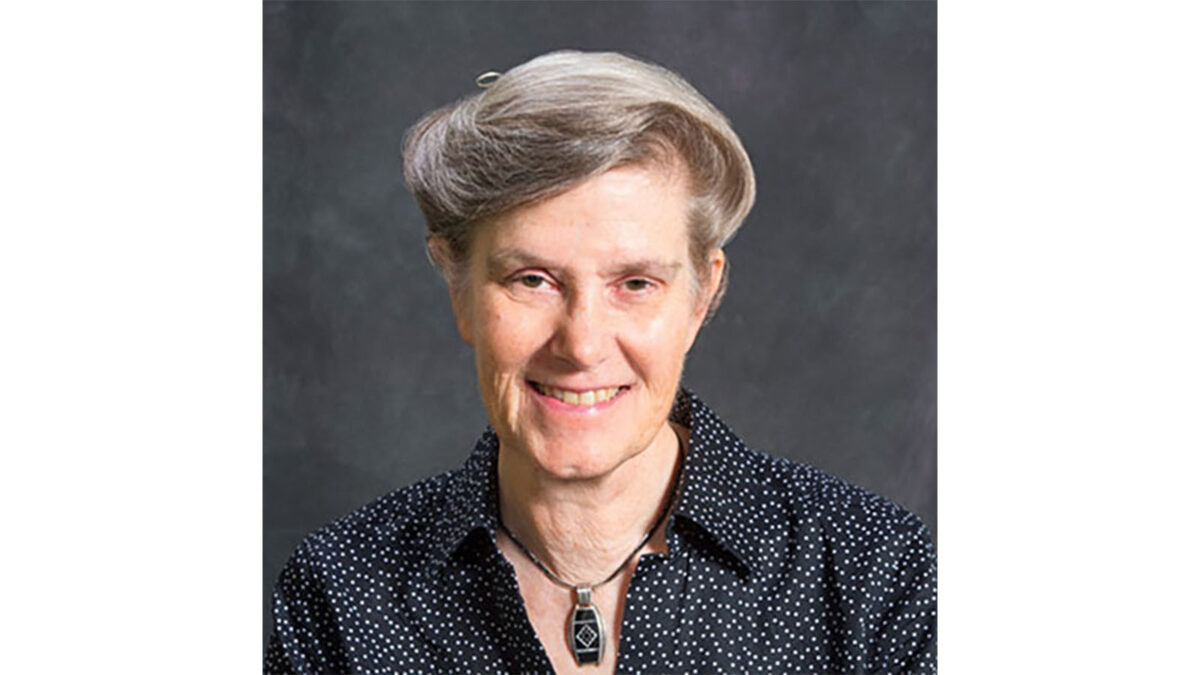
AIAA Associate Fellow Gale Died in May 2024
Anita Gale died on 18 May. She was 74 years old.
Gale earned both a Bachelor of Science and Master of Science in Aeronautics and Astronautics from the University of Washington, and a Certificate in Systems Engineering from Cal Poly Pomona.
She worked as a Senior Project Engineer in Space Shuttle Payload & Cargo Integration for The Boeing Company in Houston. Her professional career started on the Space Shuttle program in 1974 for Rockwell International, where she provided conceptual designs for cargo integration on future launch vehicles, contributed to R&D for Shuttle upgrades and future missions of both reusable and expendable launch vehicles, and developed and fostered process improvements. She held three U.S. patents on launch vehicle payload interface standardization and containerization, which are essential technologies for reducing future vehicle processing costs and schedules.
In 1984, Gale co-founded Space Settlement Design Competitions, industry simulation games that engage high school students in designing future space settlements. These events are complementary to the NASA Ames Space Settlement Contest co-sponsored by NSS. The competitions have evolved into an international activity involving over 1000 students each year on six continents. Gale’s work with Space Settlement Design Competitions was recognized with the 2008 Space Pioneer Award, in the Category of Educator.
Gale was a long-serving Board member and Chief Executive Officer Emeritus of the National Space Society. She served as a member of the NSS Space Settlement Advocacy Committee, and chaired Space Settlement Sessions for International Space Development Conference in 2007 and 2008.
Gale was also an active member of AIAA and the Society of Women Engineers (SWE). She served as a member of the AIAA Space Settlement Technical Committee, regularly chaired technical conference sessions on space settlements, and wrote technical papers about space settlement requirements, designs, and the triggering events that will cause space settlements to be built. She received a 2001 AIAA Sustained Service Award.

AIAA Associate Fellow Chaffee Died in May 2024
Norman Chaffee died on 24 May. He was 86 years old.
Chaffee attended Rice University and the University of Tulsa, earning B.S. and M.S. degrees in Chemical Engineering. He briefly worked at Sunray DX Oil Company in Tulsa, but in 1962 he accepted a job offer from NASA to pursue his passion for the space program. He contributed to the Mercury, Gemini, Apollo, Skylab and Space Shuttle programs, and held leadership roles supporting the International Space Station, Automation and Robotics, and Biomedical Engineering Divisions. During his NASA career, Chaffee served as a mentor for many, volunteered as a member of the AIAA Houston Section, and was in the 1 April 1969 meeting that started the Space Shuttle program.
Chaffee focused on the design, development, and operation of crewed spacecraft and their systems. His expertise was in propulsion and power systems; robotics; biomedical engineering; systems engineering and integration; and program management. He held a number of senior positions in these areas at the NASA Johnson Space Center until his retirement in 1998.
Following his retirement, Chaffee embarked on his second career in Educational Outreach, specializing in the design and implementation of unique STEM programs for middle school and high school students. He also served as the manager of the highly successful Space Settlement Design Competition for high school students from 1999 to 2012.
He was recognized by AIAA with the 1984 AIAA Distinguished Service Award “for outstanding service, leadership and inspiration to the AIAA Houston Section throughout his eighteen years as a member” and the 2000 Sustained Service Award.
AIAA Associate Fellow Anders Died in June 2024
William “Bill” Anders, former Apollo 8 astronaut, died in a plane crash on 7 June. He was 90 years old.
In 1955, Anders graduated from the U.S. Naval Academy and later obtained an Air Force commission. He was a fighter pilot, and in 1962 received a master’s degree in nuclear engineering from the Air Force Institute of Technology. A year later he was selected for astronaut training.
While at NASA, Anders became a specialist in space radiation, and he trained in a lunar lander module that would be used to carry astronauts from a moon-orbiting capsule to the lunar surface. He was selected as a backup pilot for Gemini XI and the Apollo 11 flights, but the Apollo 8 mission was Anders’s only mission into space. This first crewed trip around the moon during the Apollo 8 mission also included Frank Borman and James Lovell. They orbited the moon for 20 hours during which Anders took the famous “Earthrise” image on 24 December 1968.
He retired from NASA and from active duty in the Air Force in 1969, after accepting a position as executive secretary of the National Aeronautics and Space Council. He served as ambassador to Norway from 1976 to 1977. Anders held positions with General Electric and Textron, and also as chair and chief executive of General Dynamics. He retired from the Air Force Reserve in 1988 as a major general.
Anders was recognized with the 1968 Robert J. Collier Trophy and the 1970 AIAA Haley Space Flight Award.
Stay Up to Date
Submit your email address to receive the latest industry and Aerospace America news.




